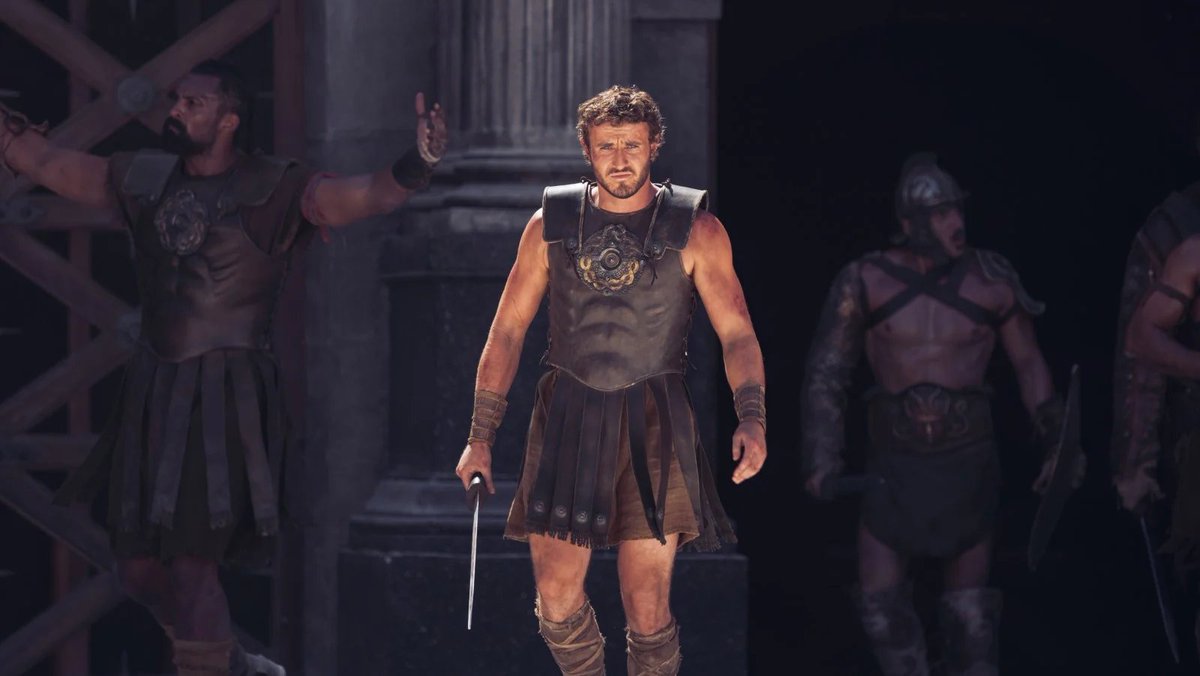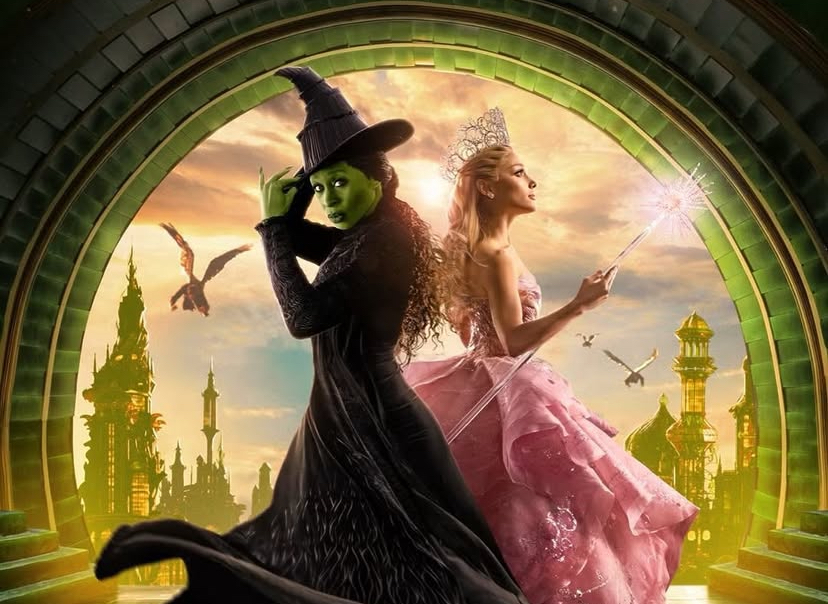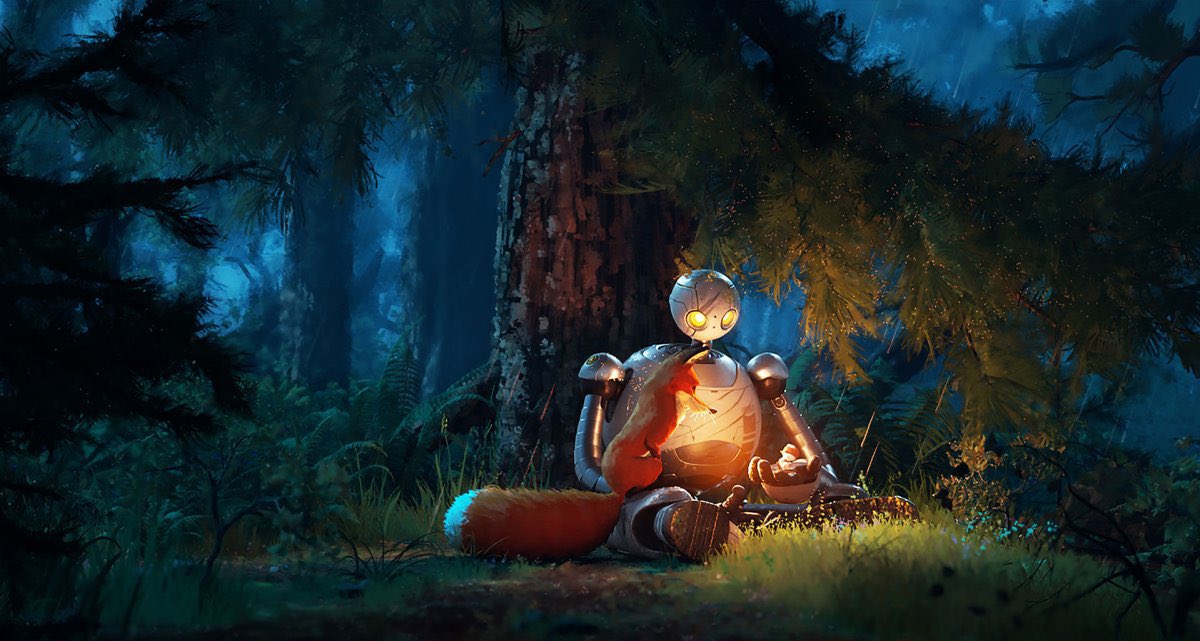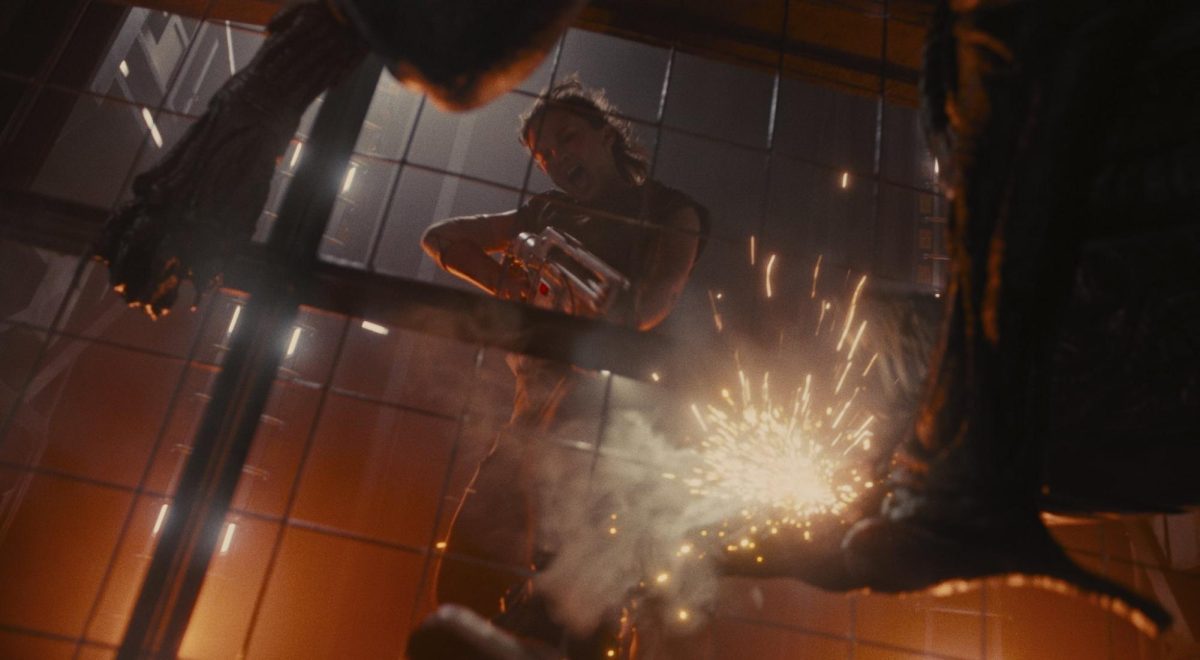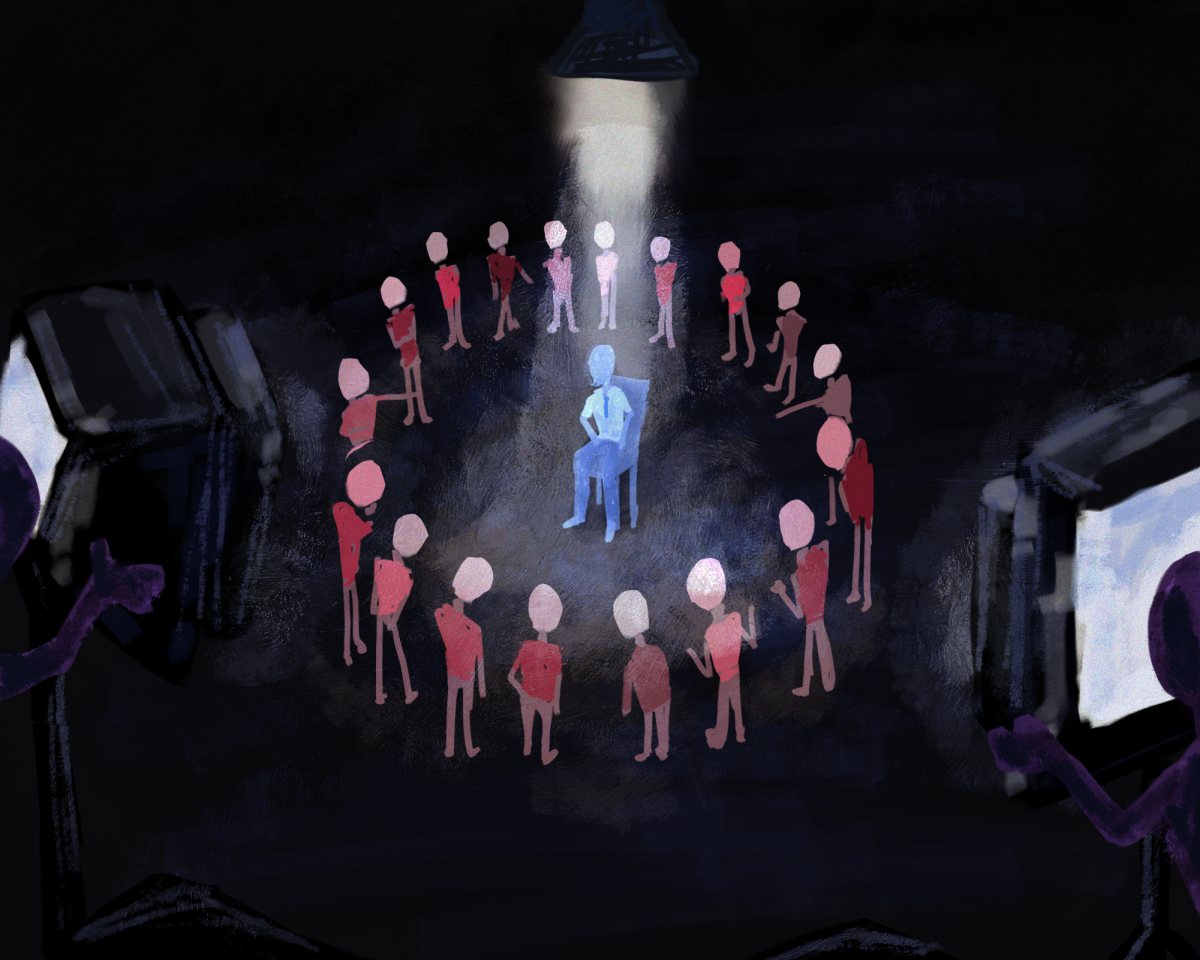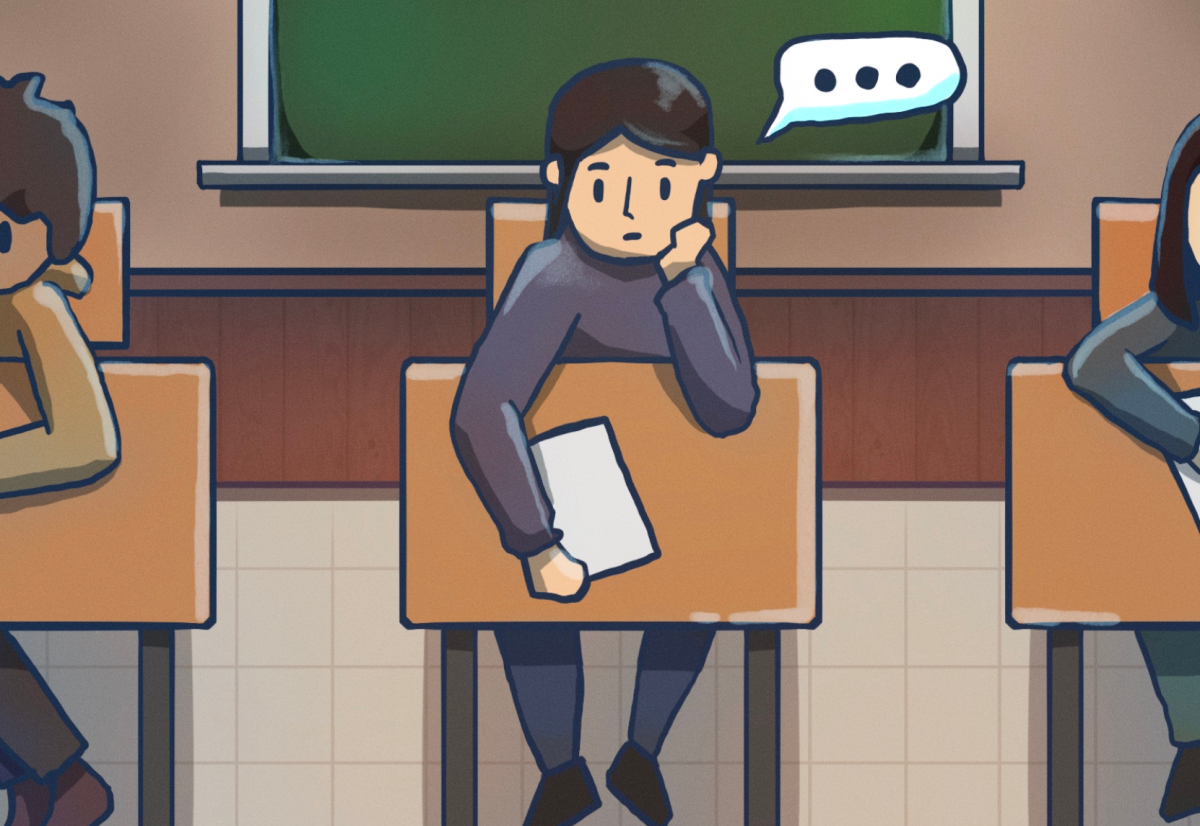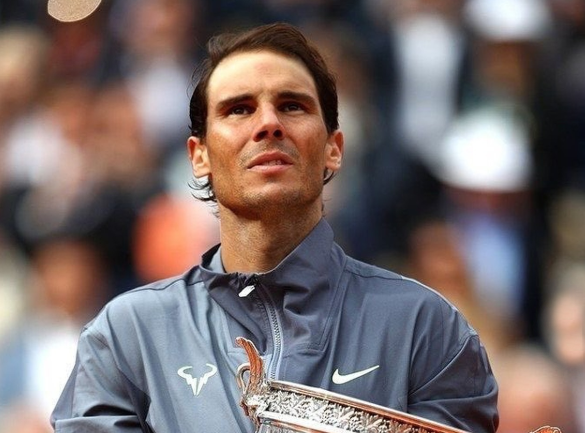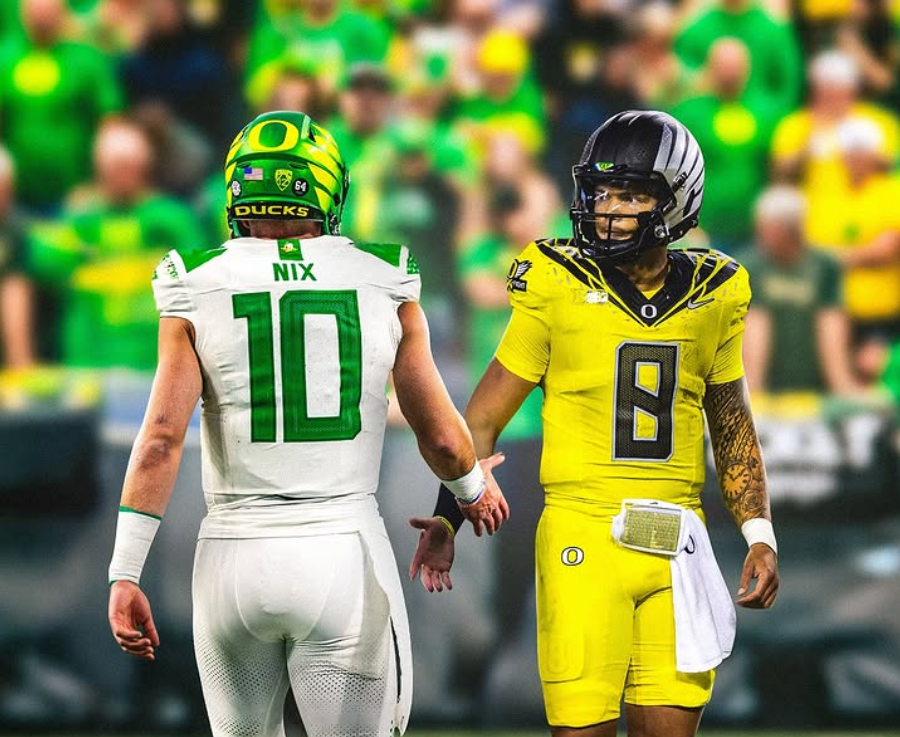Much like the original “Gladiator” (2000), Director Ridley Scott’s newest installment begins with battle, except this time, the film’s protagonist is the victim of Rome’s conquest — not the victor.
In “Gladiator 2,” tragedy strikes the main character, Hanno (Paul Mescal), and the Roman army takes him as a prisoner. He must first battle his way to glory, then to freedom. Meanwhile, Rome faces corruption from twin emperors (Joseph Quinn, Fred Hechinger), who Hanno will soon take on.
Ridley Scott returned to triumph with “Gladiator 2.” In his first production since “Napoleon’s” box office flop in 2023, he crafted an impressive film deserving of the $400 million it has earned thus far.
In general terms, a legacy sequel takes place in the world first crafted in the original film while creating a new experience for audiences, often many years after the original took place. Fans regularly notice that studios green-light most sequels for profit and rarely even try to stand the reboots up against the originals. “Gladiator” was a fantastic film — one of the best of the 21st century — and it had an absolute ending. But over 20 years later, “Gladiator 2” opens up the Colosseum doors for another ride and is the rare movie that delivers excellence once more.
The film’s fight scenes are a masterful display of high-intensity action and numerous twists, cultivating a plethora of emotional moments for viewers. This movie will impress audiences with its clever moments inside and outside the Colosseum.
While “Gladiator’s” two main characters, General Maximus (Russel Crowe) and Emperor Commodus (Joaquin Phoenix), were left in 2000, other characters from the original return for the new sequel to signify what has and hasn’t changed. The return of Lucilla (Connie Nielson), for example, reminds audiences that, while Rome may look different, the rebellious events of the first film remain present. The sequel builds on Maximus’ ethos. His actions in the first film echo loudly in the second, where his omnipresence influences the characters and serves as an important inspiration for Hanno.
“Gladiator 2’s” most impressive facet is undoubtedly the cast members’ stellar performances. Mescal, who usually stars in smaller productions like “Aftersun,” shines in his first blockbuster role, giving his character a sense of bravery and resilience. Pedro Pascal thrives in the antagonist role, composing himself untrustworthy and determined. Denzel Washington’s performance as Macrinus is the film’s highlight, though. He dominates every scene he’s in and successfully portrays his character’s mastermind persona.
Early on, the film follows more or less the same arc as “Gladiator.” The protagonist is captured and then forced to fight as a gladiator. The new film’s two main characters, Hanno and Macrinus, first meet at the same smaller battle arena seen in the 2000 original.
It is often a legacy sequel’s fate to mimic the original for the entire runtime, but Scott constructed “Gladiator 2” to set itself apart from the original from there. “Gladiator 2” is distinct enough to affect the original movie retroactively and recontextualize it with several shocking reveals.
Instead of a two-sided conflict like between Maximus and Commodus in “Gladiator,” the new installment has a shifting, dynamic conflict between a multitude of characters.
Screenwriter David Scarpa also includes a mix of enough parallels and differences between protagonists Maximus and Hanno to keep the sequel interesting but connected. Both films are a sort of revenge story, but “Gladiator 2” offers a fresh take on redemption. Both protagonists seek to free themselves from the shackles of the Colosseum and then free Rome from the emperor’s corruption, but different motivations fuel them.
“Gladiator’s” writing is based on and tied to stoicism, with a thematic depth that the second doesn’t near. Even in his revenge, other factors drive Maximus besides his desire to kill the emperor. While Hanno isn’t a one-dimensional character, both the film’s writing and his character are not as subtle and detailed as the first. While Hanno’s motivation stems exclusively from tragedy, a similar inciting incident exists and serves just to fuel Maximus’ already flaming fire.
Though it ultimately blazes some new paths narratively, “Gladiator 2” however reuses an overwhelming amount of imagery from the first film. The opening credits, an animated montage of “Gladiator’s” best moments, are a nice nod. Still, the sentiment becomes overdone as more and more moments from the 2000 original are intercut into the new film through flashbacks and allusions. While the new movie is good enough on its own, it is clear Ridley Scott envisioned “Gladiator 2’s” primary audience as those who watched the original film, and he leaned into this too heavily.
“Gladiator” was a near-flawless film, and Scott fixes some of its few issues in the second, crafting a tighter narrative. As Hollywood continues to release legacy sequels to churn out money, “Gladiator 2” is a refreshing reminder of Scott’s craftsmanship and the overwhelming merit of the 2000 original. While it will remain in “Gladiator’s” shadows, audiences will remember “Gladiator 2” as one of 2024’s most entertaining movies.



